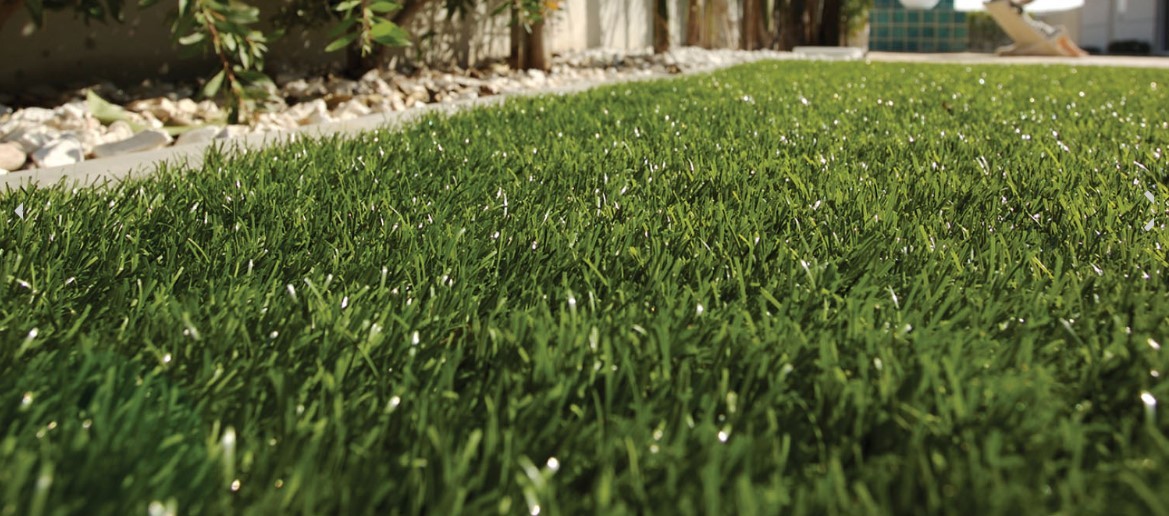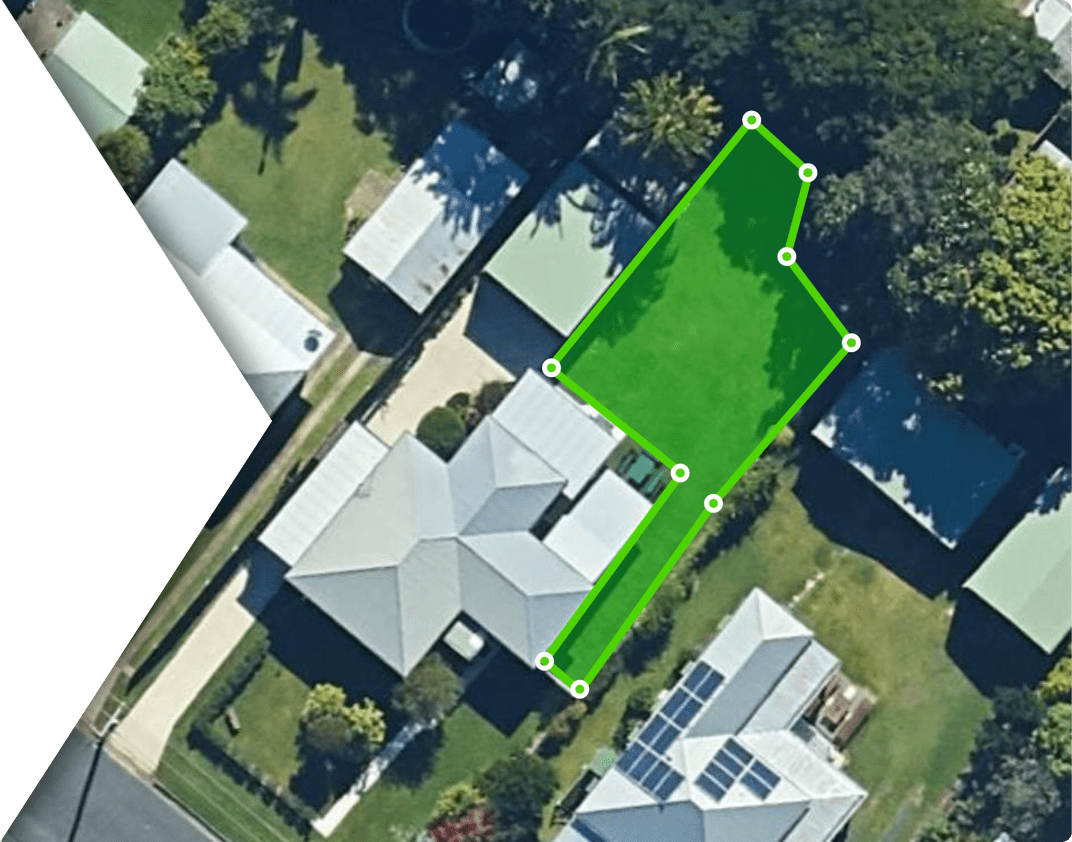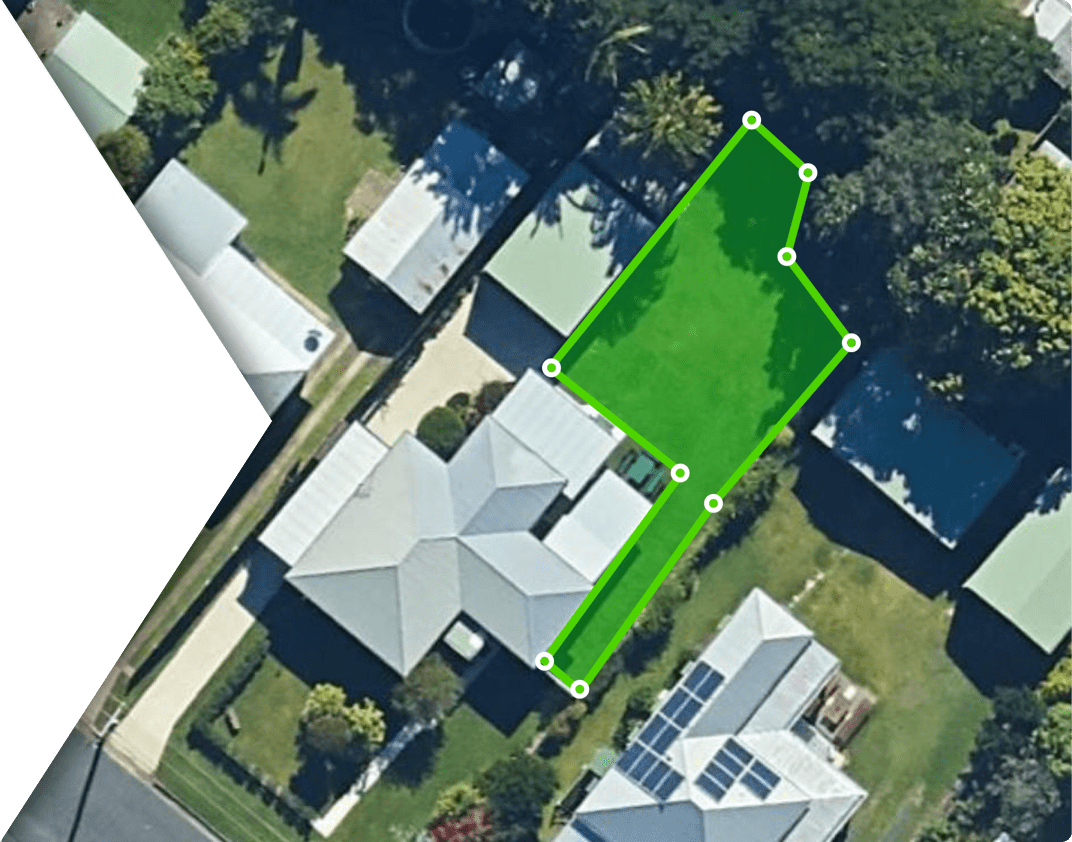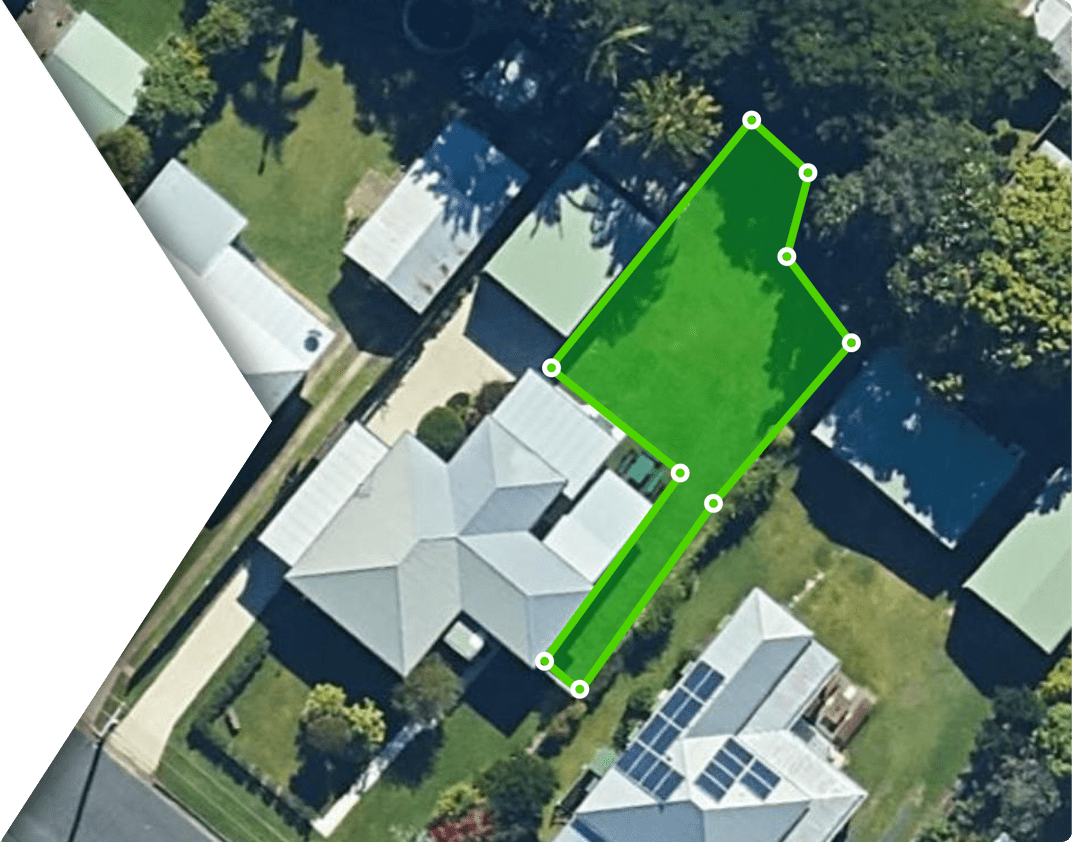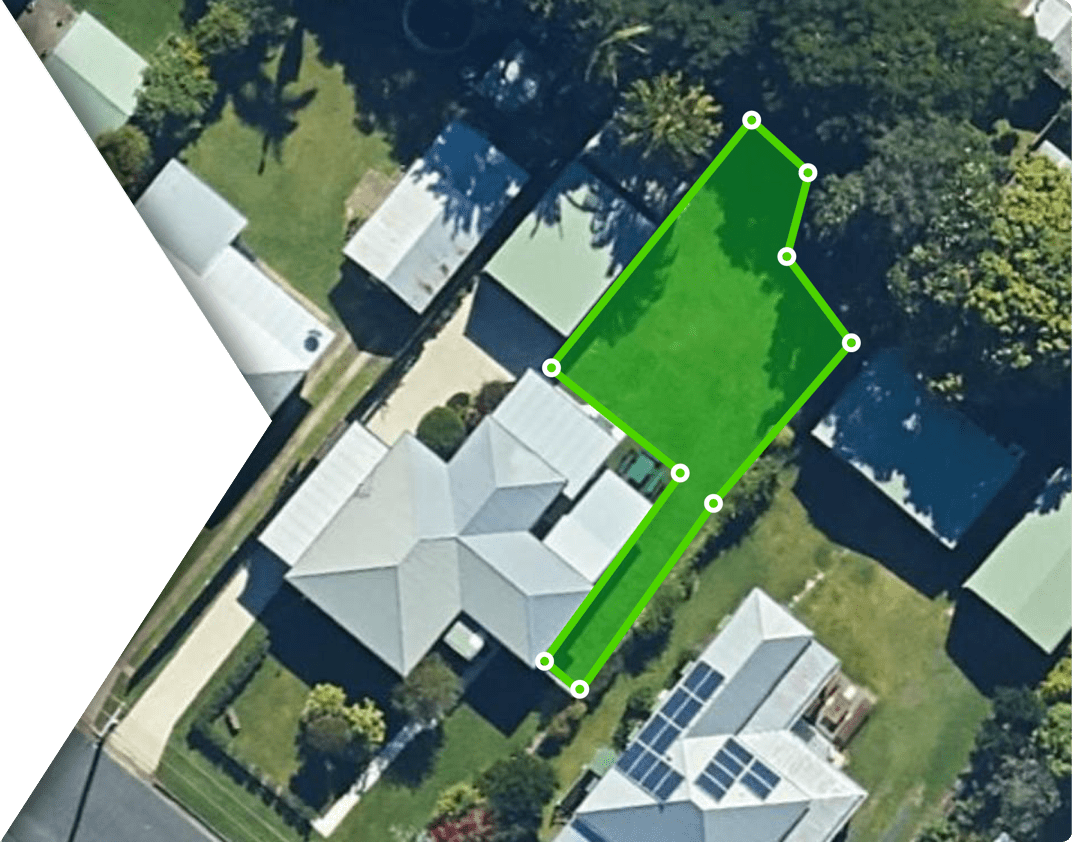Looking to create an outdoor space that looks fantastic without all the hard work? You’ve likely heard about synthetic turf, and for good reason. It’s a brilliant way to get that lush, green look of a real lawn but with a fraction of the effort. If you’re tired of endless mowing, watering, and weeding, synthetic turf might just be the answer for your low-maintenance garden dreams. Let’s explore how you can achieve a beautiful, easy-care garden with this versatile option.
Key Takeaways
- Synthetic turf significantly cuts down on watering needs compared to natural grass, saving you time and resources.
- Forget the mower and edger; synthetic turf means no more regular mowing or edging, freeing up your weekends.
- Enjoy a garden free from pesky weeds, as synthetic turf prevents them from growing through.
- Synthetic turf is usable in most weather conditions, meaning you can enjoy your garden year-round.
- It’s a durable and safe option for families with children and pets, offering a clean play surface.
Benefits of a Synthetic Turf Garden
When you’re aiming for a garden that looks fantastic with minimal effort, synthetic turf is a game-changer. It’s not just about aesthetics; it’s about reclaiming your time and enjoying your outdoor space without the constant upkeep.
Reduced Watering Needs
Forget about the daily watering schedule, especially during those hot Australian summers. Artificial turf requires no watering, which is a massive win for your water bill and the environment. This means you can maintain a lush, green appearance year-round, regardless of drought conditions or watering restrictions. It’s a truly sustainable choice for the modern garden.
No Mowing or Edging Required
Imagine a weekend without the drone of a mower or the tedious task of edging. With artificial grass, this becomes your reality. You’ll never have to worry about mowing, fertilising, or the constant battle against overgrowth. Your lawn will always look perfectly manicured, saving you significant time and effort.
Weed-Free Environment
Weeds can be a persistent nuisance in any garden. Synthetic turf creates a dense barrier that makes it incredibly difficult for weeds to take root and grow. This means no more back-breaking weeding sessions, allowing you to enjoy a pristine, weed-free garden space.
All-Weather Usability
Unlike natural grass, which can become muddy and unusable after rain, artificial turf drains efficiently. This means your garden remains accessible and enjoyable in virtually any weather condition. Whether it’s a light shower or a heavy downpour, you can still use your outdoor space without the mess.
Pet and Child Friendly
Synthetic turf provides a safe, clean, and durable surface for children and pets to play on. It’s soft underfoot, reducing the risk of scrapes and injuries. Plus, it doesn’t get muddy, so you won’t have to deal with muddy paw prints or footprints being tracked into your home. It’s a practical solution for busy families.
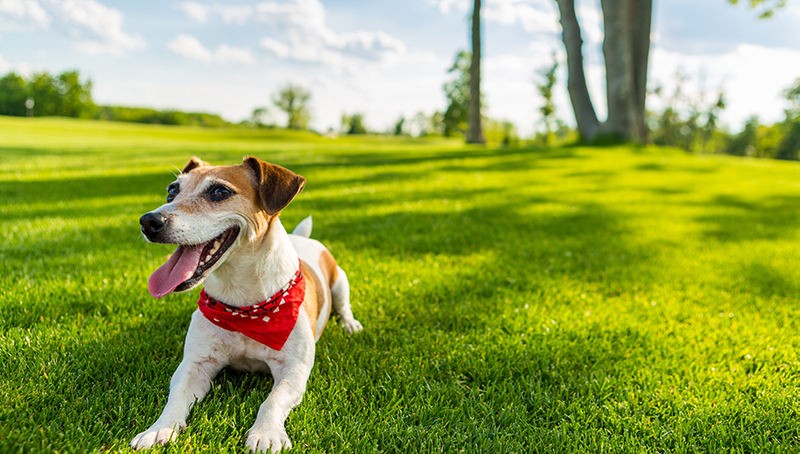
Planning Your Synthetic Turf Garden
Transforming your outdoor space with synthetic turf is an exciting prospect, and thoughtful planning is key to achieving a beautiful, low-maintenance garden that truly reflects your vision. This stage is where you decide on the look and feel, ensuring your new turf integrates perfectly with your existing landscape and lifestyle.
Choosing the Right Turf
Selecting the correct synthetic turf is more than just picking a shade of green. Consider the pile height, density, and material. A shorter, denser pile often looks more like a manicured lawn and is generally more durable, ideal for high-traffic areas. For a softer, more natural feel, a slightly longer pile might be preferred. Think about the climate too; some turf types are designed to withstand intense sun or cooler temperatures better than others. It’s about finding the perfect balance between aesthetics, durability, and suitability for your specific needs.
Designing the Layout
This is where your creativity can really shine. Synthetic turf offers incredible versatility. You might opt for a classic, expansive lawn, or perhaps you’re drawn to more contemporary designs. Consider incorporating turf as accents:
- Pathways: Create inviting walkways by laying turf between pavers or stepping stones.
- Borders: Soften the edges of driveways or garden beds with a neat strip of turf.
- Creative Patterns: Design geometric shapes or flowing curves, perhaps even a checkerboard effect with contrasting materials.
- Vertical Elements: Use turf as a backdrop for living walls or to cover fences for a splash of greenery.
Think about how you use your outdoor space. Do you entertain often? Do you have children or pets? These factors will influence where you place the turf and what kind of design will work best. A well-designed layout maximises both visual appeal and functionality.
Don’t be afraid to think outside the traditional lawn box. Synthetic turf opens up a world of design possibilities that simply aren’t feasible with natural grass, allowing for truly unique and personalised outdoor environments.
Installation Basics for a Low-Maintenance Garden
Choosing the Right Turf
Selecting the perfect synthetic turf is your first step towards a truly low-maintenance garden. Consider the pile height and density – a denser, shorter pile often requires less brushing and looks tidier. Think about the intended use: will it be a play area for children, a space for entertaining, or simply a visual enhancement? For areas with heavy foot traffic, opt for a turf with a robust backing and resilient fibres that can withstand constant use. It’s also worth noting that synthetic turf can be successfully installed in shady areas, offering a consistent green look where natural grass might struggle.
Designing the Layout
When planning your garden’s layout with synthetic turf, think about flow and functionality. Consider how you’ll use the space. Perhaps you want a dedicated area for outdoor dining, a safe play zone for children, or a tranquil spot for relaxation. Integrating different textures and materials, such as incorporating natural stone or timber elements alongside the turf, can add visual interest and depth. Remember to factor in drainage; while synthetic turf itself doesn’t absorb water, the base layers do, so a slight gradient is often recommended to direct water away from structures.
A well-designed layout not only maximises the aesthetic appeal but also contributes to the longevity and ease of maintenance of your synthetic turf garden.
Maintaining Your Synthetic Turf Garden
Regular Upkeep
While synthetic turf drastically cuts down on traditional lawn chores, a little attention keeps it looking its best. Think of it as a quick tidy-up rather than a full day’s work.
- Debris Removal: Regularly sweep or blow away leaves, twigs, and other fallen debris. This prevents them from breaking down and staining the turf or becoming embedded.
- Rinsing: Periodically hose down the turf, especially in areas with high foot traffic or where pets frequent. This washes away dust, pollen, and any minor spills, keeping the fibres clean and fresh.
- Brushing: Use a stiff-bristled broom or a power broom with soft bristles to gently brush the turf against the grain. This helps to lift the fibres, maintain their upright appearance, and prevent matting, particularly in high-use zones.
Addressing Stains and Spills
Accidents happen, but they don’t have to be a permanent problem. For most common spills like drinks or food, prompt action is key. Blot up any excess liquid immediately with a clean cloth or paper towel. Then, use a mild soap and water solution to gently clean the affected area. Rinse thoroughly with water afterwards. For tougher stains, specific artificial turf cleaners are available, but always test them on an inconspicuous area first.
Keeping your synthetic turf clean is straightforward, focusing on simple tasks that preserve its appearance and longevity. It’s about maintaining that pristine look with minimal effort, ensuring your garden remains a beautiful, hassle-free space.
Infill Management
Over time, especially in areas with heavy use, the infill material (often sand or specialised granules) that supports the turf blades can become compacted or depleted. Topping up the infill is a simple process that revitalises the turf’s cushioning and helps the blades stand upright. This is typically done every 1-3 years, depending on usage and climate. It’s a straightforward task that significantly contributes to the turf’s lifespan and aesthetic appeal.
Your Low-Maintenance Outdoor Oasis Awaits
So, you’ve seen how synthetic turf can really change your outdoor space. It’s not just about saving time on mowing and watering, though that’s a big plus. Think about the consistent, good-looking finish it gives your yard, year-round. Whether you’re looking to create a safe play area for the kids, a neat spot for your pets, or just a generally tidier garden, artificial grass offers a practical solution. It’s a smart choice for anyone wanting a beautiful yard without all the usual hard work. Give it some thought – you might be surprised at how much easier your weekends can become.



